This article discusses 20 different endangered species in America. Each species has an important role in the ecosystem and their conservation is of utmost importance to maintain ecological balance.
1. California Condor (Gymnogyps californianus)
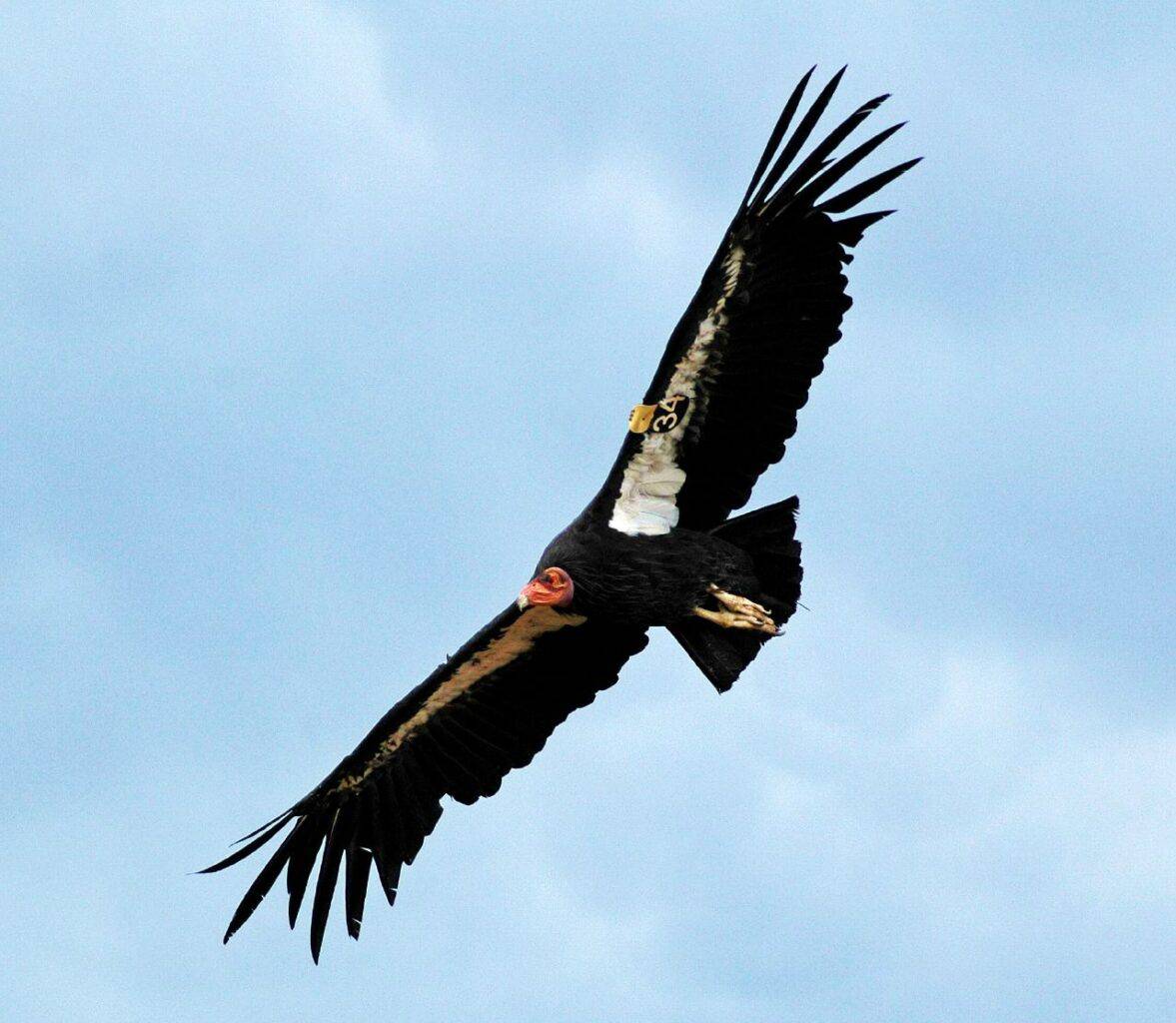
The magnificent California condor has the largest wingspan of any North American Bird, reaching up to 9.8 feet. Unfortunately, this species is critically endangered, and conservation efforts are working hard to bring them back from the brink of extinction. However, they can still be found in parts of California, Arizona, Utah, and Baja California in Mexico.
2. Florida Panther (Puma concolor coryi)
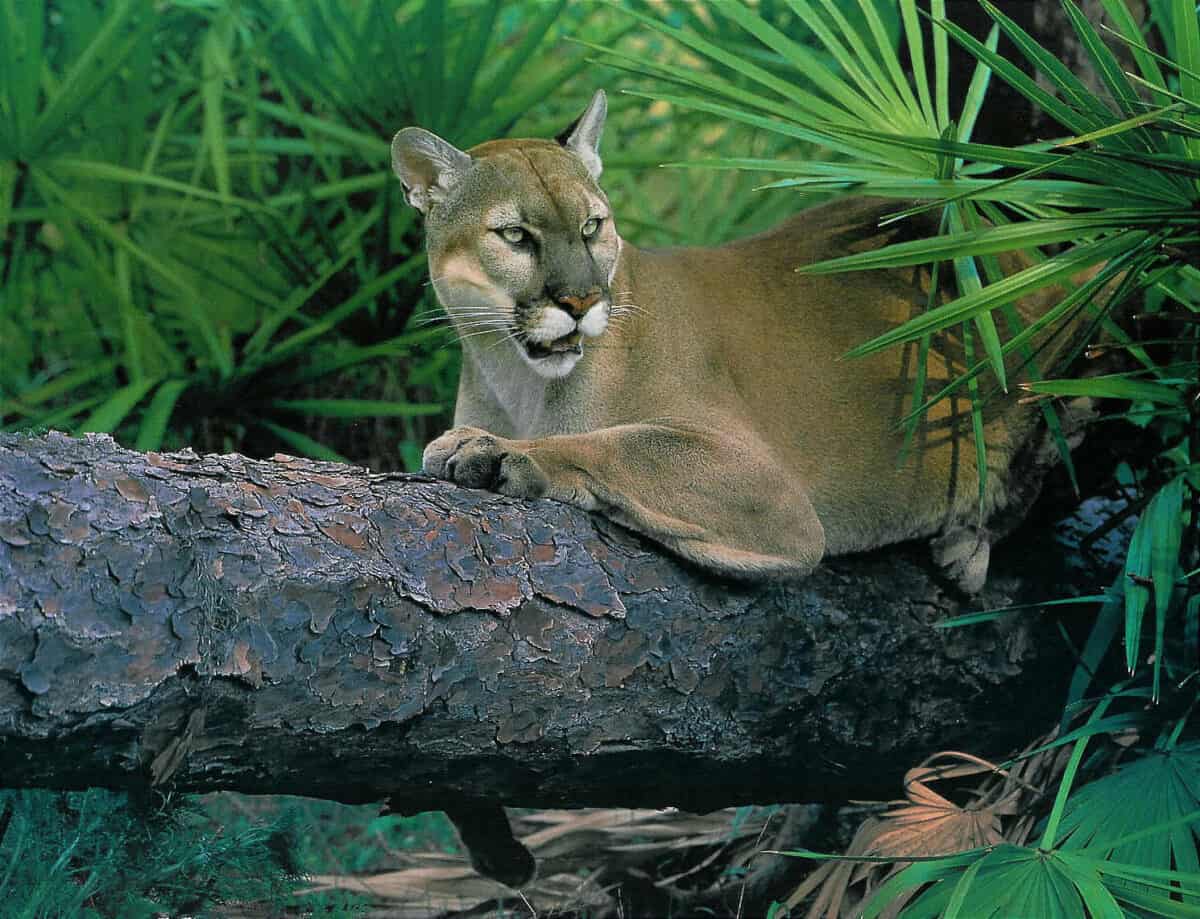
A small population of Florida Panthers can be found on the southern tip of Florida, particularly in the Everglades and Big Cypress National Peserves. These panthers are critically endangered, and the chances of sighting one are incredibly rare.
3. American Bison (Bison bison)
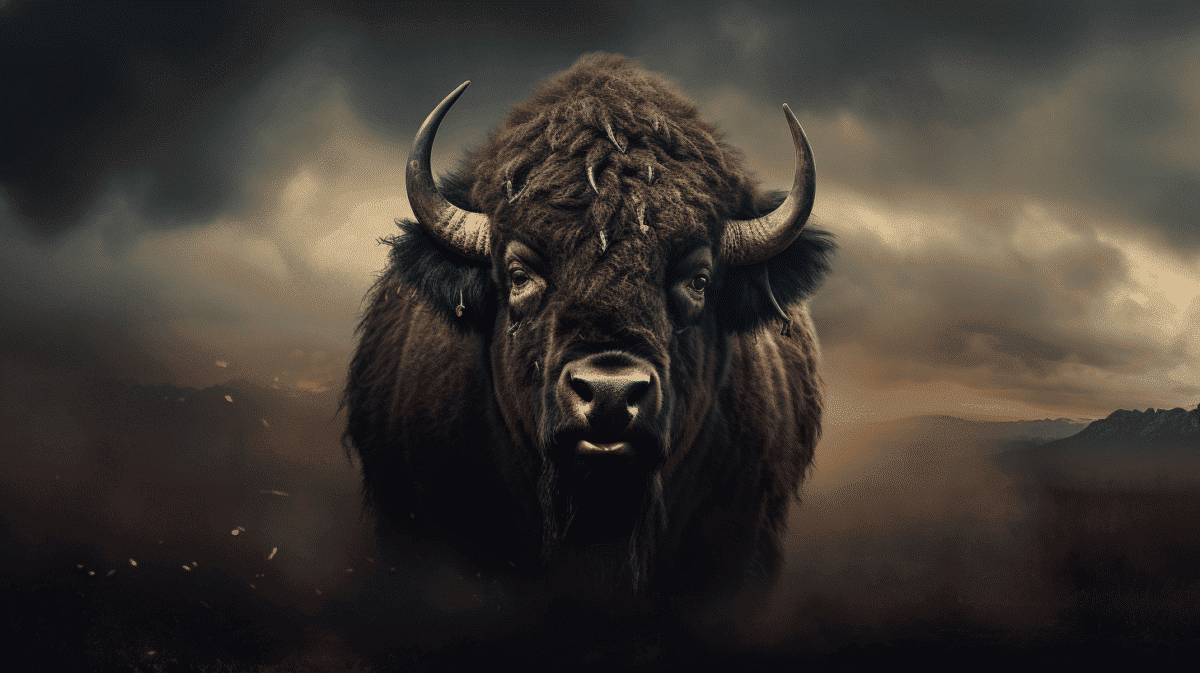
The recovery of the American Bison population is an example of successful conservation. Their population has made a significant comeback with strict conservation measures that have brought them back from the brink of extinction. They can be spotted in Yellowstone National Park and the National Bison Range in Montana.
4. Whooping Crane (Grus americana)Whooping Crane (Grus Americana)
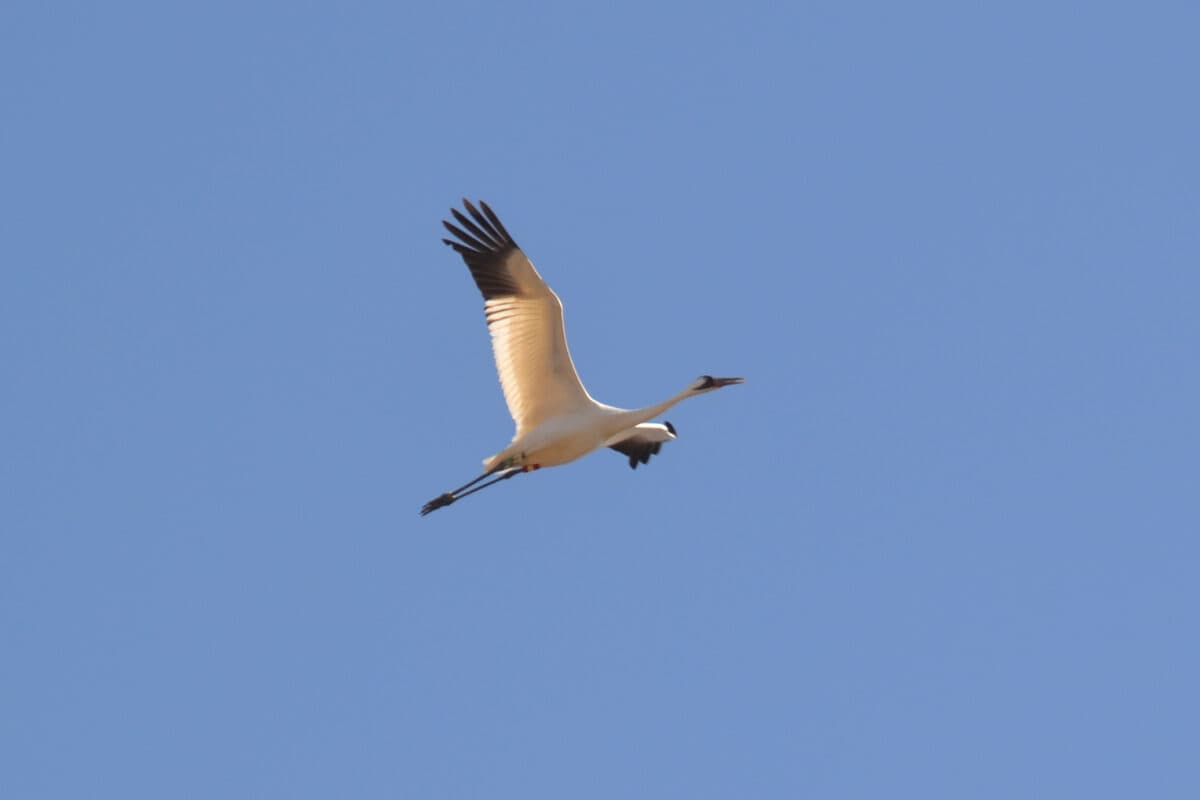
The Whooping Crane is an endangered species that migrates between northern Canada and the Gulf Coast of Texas. They can be seen at the Aransas National Wildlife Refuge. Their name refers to their loud, trumpeting call that can be heard over long distances.
5. Hawaiian Monk Seal (Neomonachus schauinslandi)
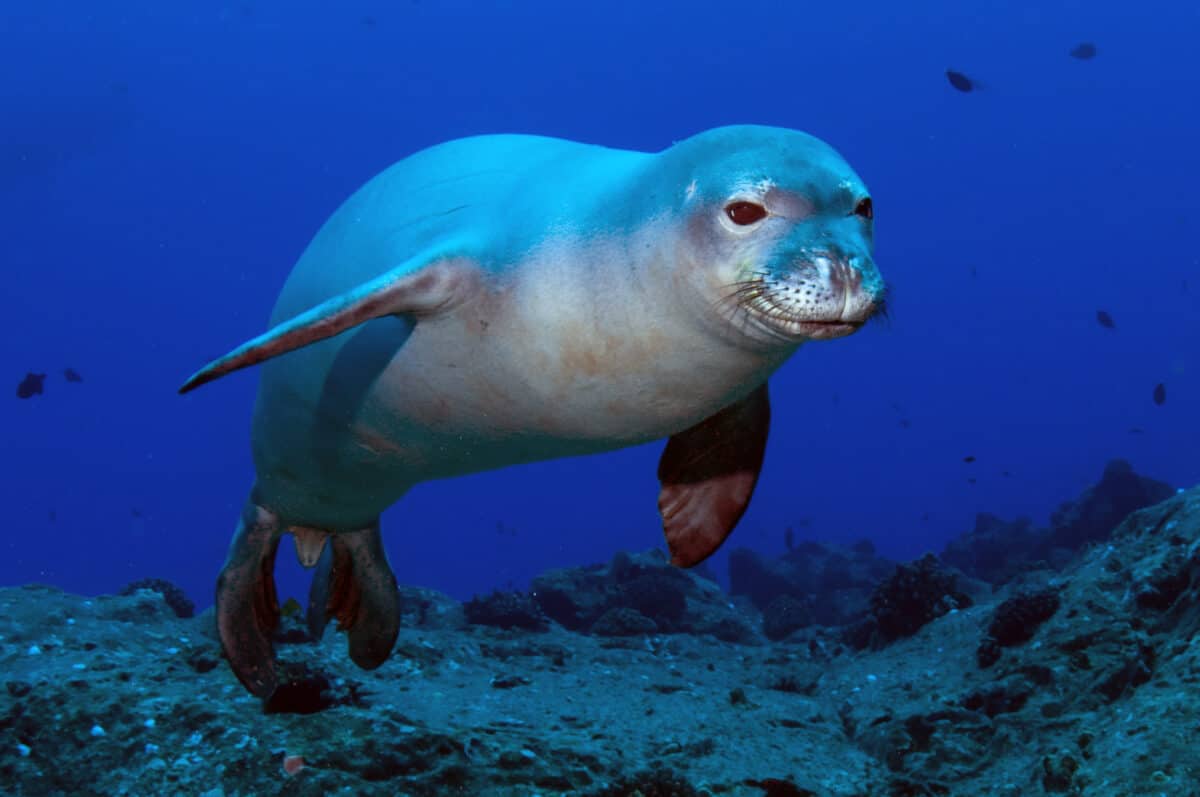
This seal is one of the few species that live in tropical waters. Unfortunately, the Hawaiian Monk Seal is critically endangered. Protected areas on the Northwestern Hawaiian Islands, such as Papahānaumokuākea Marine National Monument, are the only places left in the world to see them in the wild.
6. Red Wolf (Canis rufus)
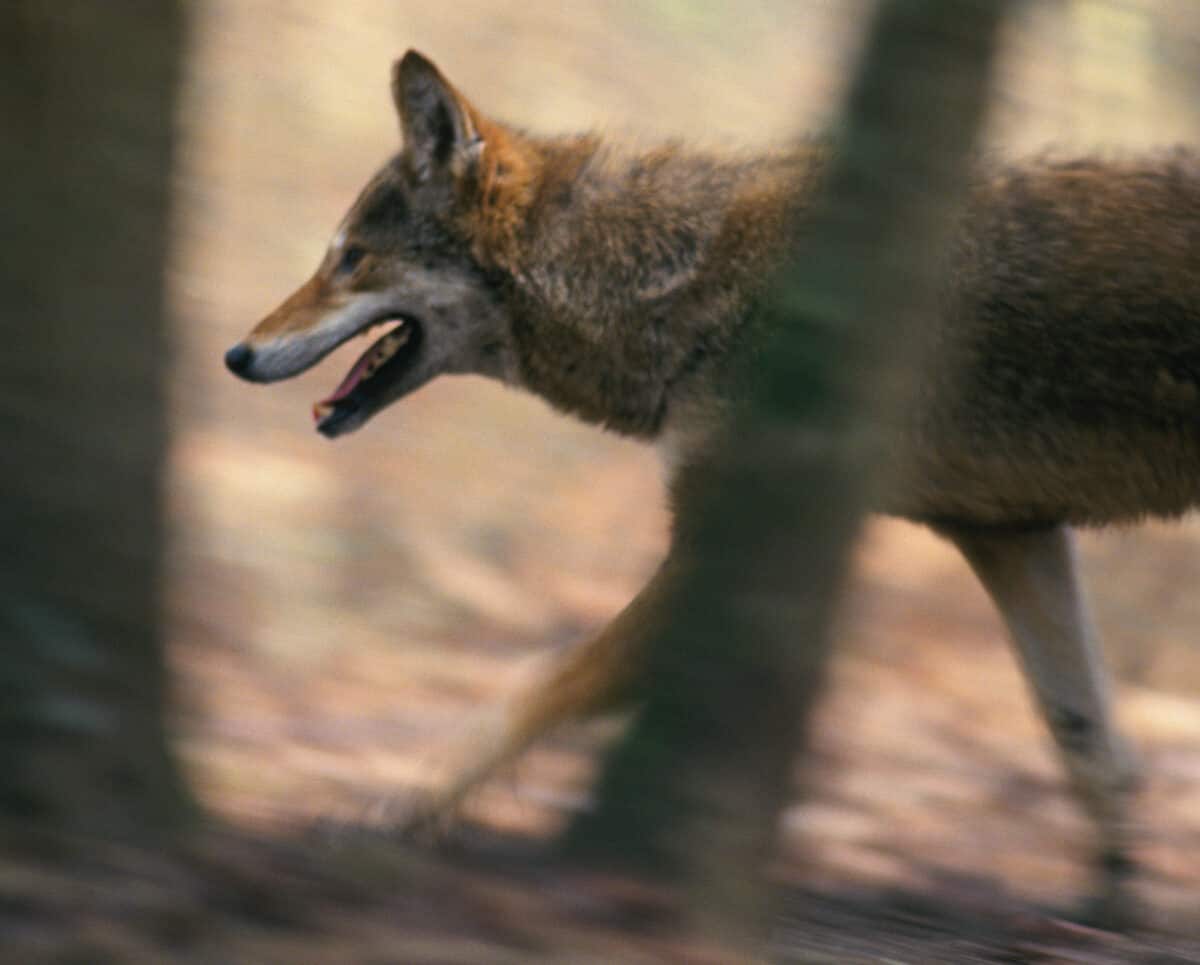
This critically endangered wolf can be found in the Alligator River Wildlife Refuge in North Carolina. This refuge offers a glimmer of hope for their population to recover. The red wolf is a keystone species, helping to maintain the balance of the ecosystem.
7. Kemp’s Ridley Sea Turtle (Lepidochelys kempii)
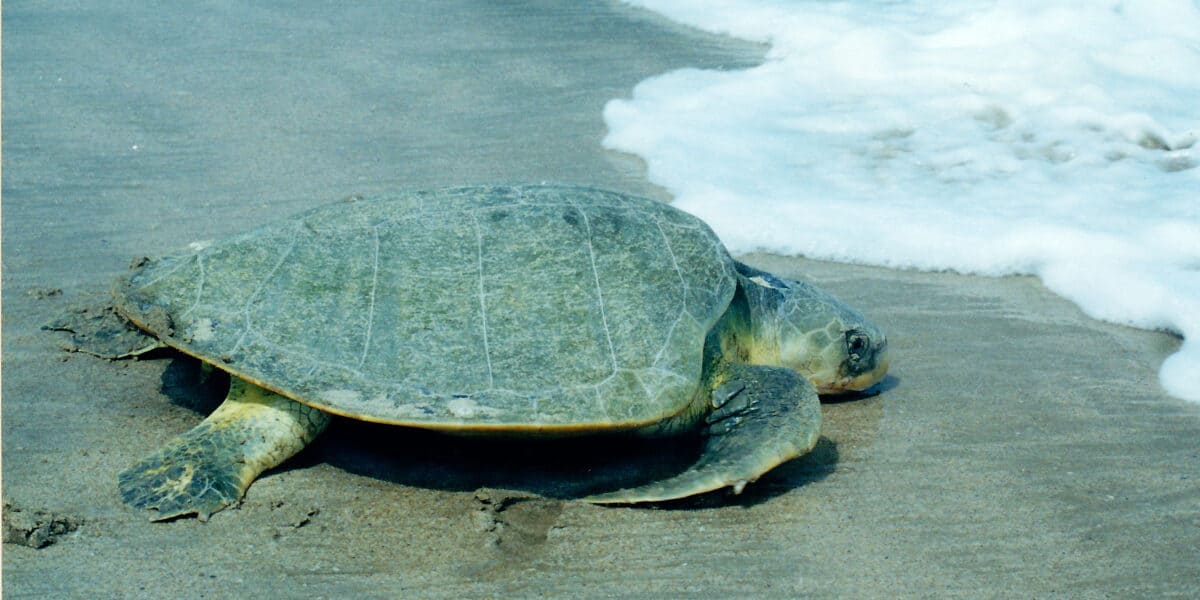
The Kemp Ridley Sea Turtle is considered the world’s most endangered sea turtle. They can be seen nesting on the Gulf Coast of Mexico and occasionally in Texas. Their unique mass nesting behavior is referred to as “arribada”.
8. Northern Spotted Owl (Strix occidentalis caurina)
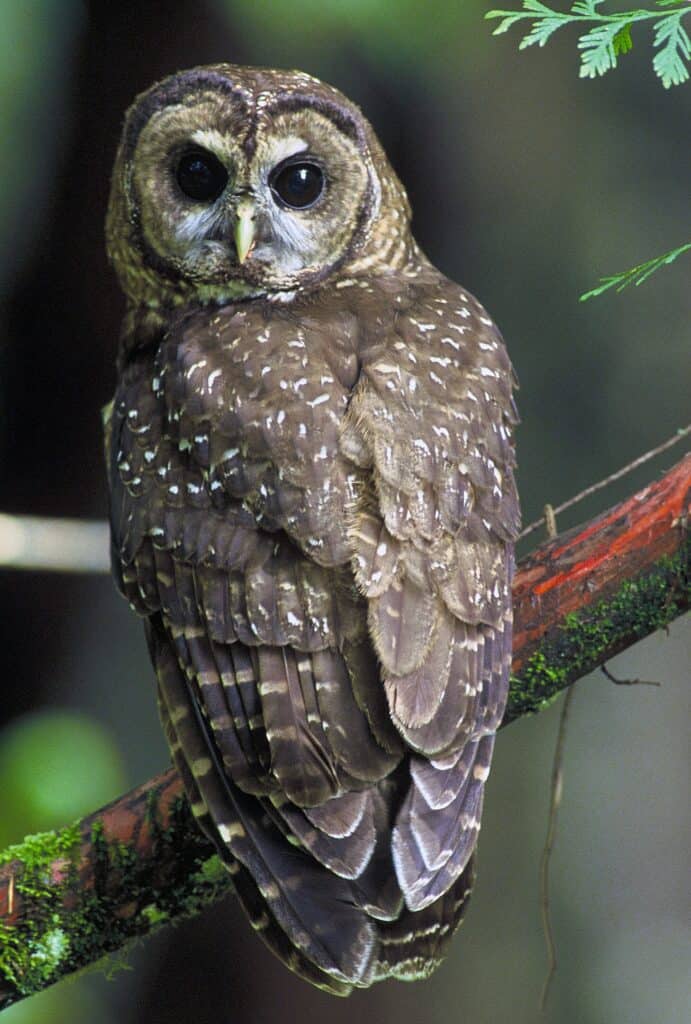
The Northern Spotted Owl is endangered due to habitat loss. They can be found in the Pacific Northwest old-growth forest. This forest is dominated by large, old trees, mostly conifer trees. They have exceptional hearing and rely on this to hunt at night.
9. Key Deer (Odocoileus virginianus clavium)
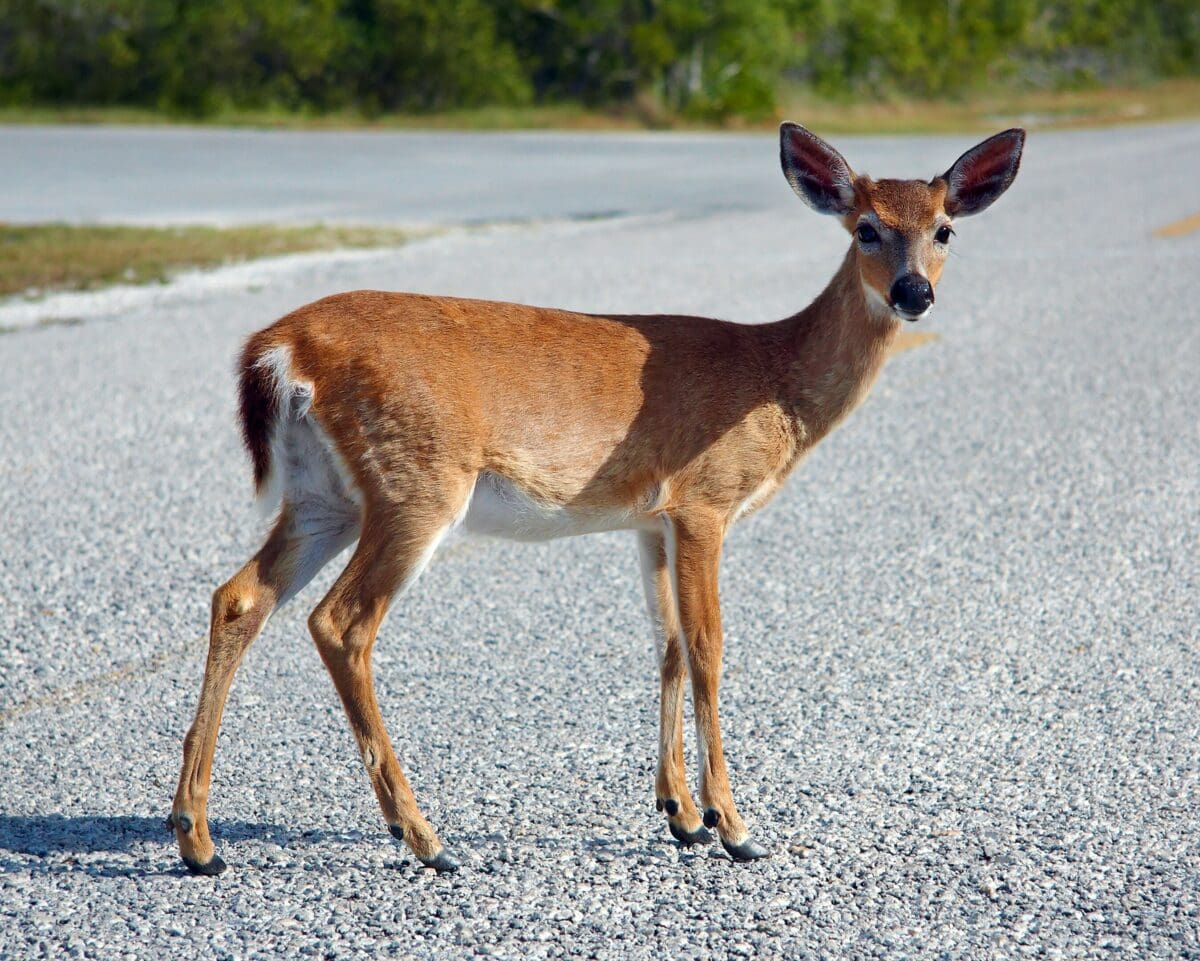
The Key Deer is found only in the Florida Keys. They are often seen in residential areas and roadsides within the National Key Deer Refuge.
10. Island Fox (Urocyon littoralis)
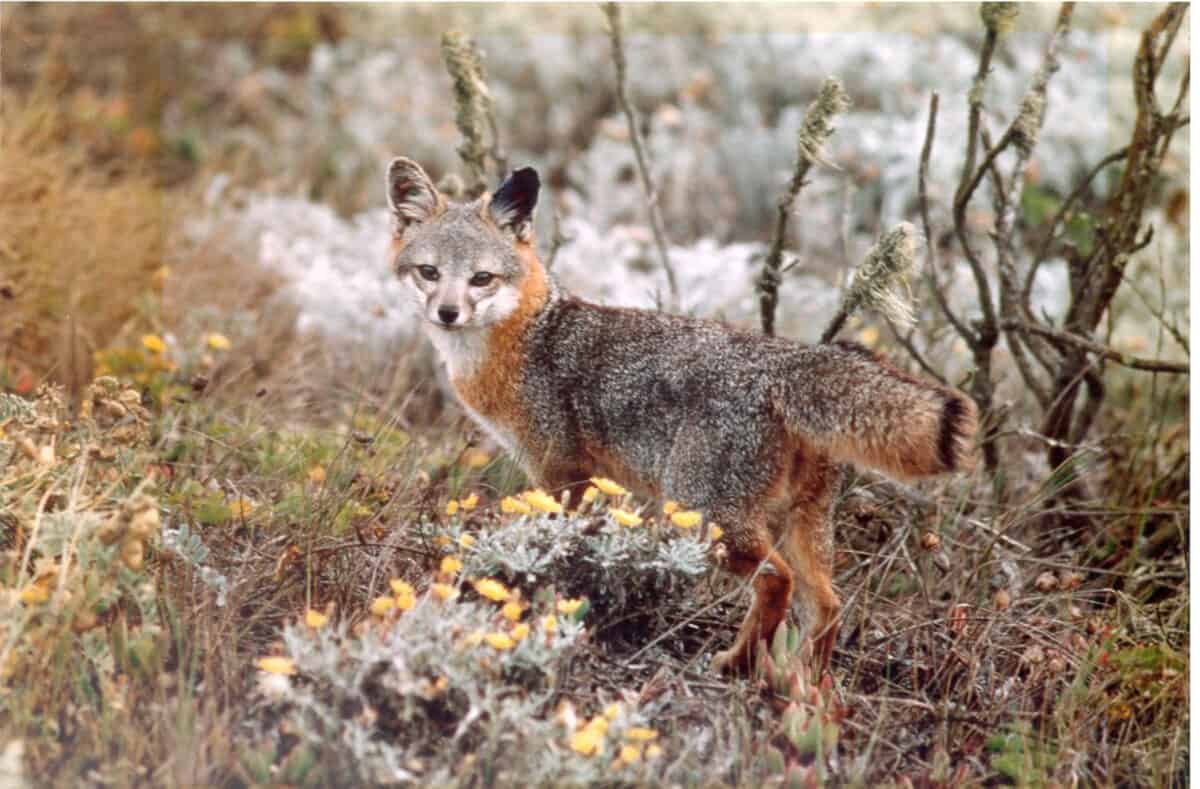
The Island Fox is native to six of the eight Channel Islands of California. Each population is uniquely adapted to its specific island environment.
11. Steller Sea Lion (Eumetopias jubatus)
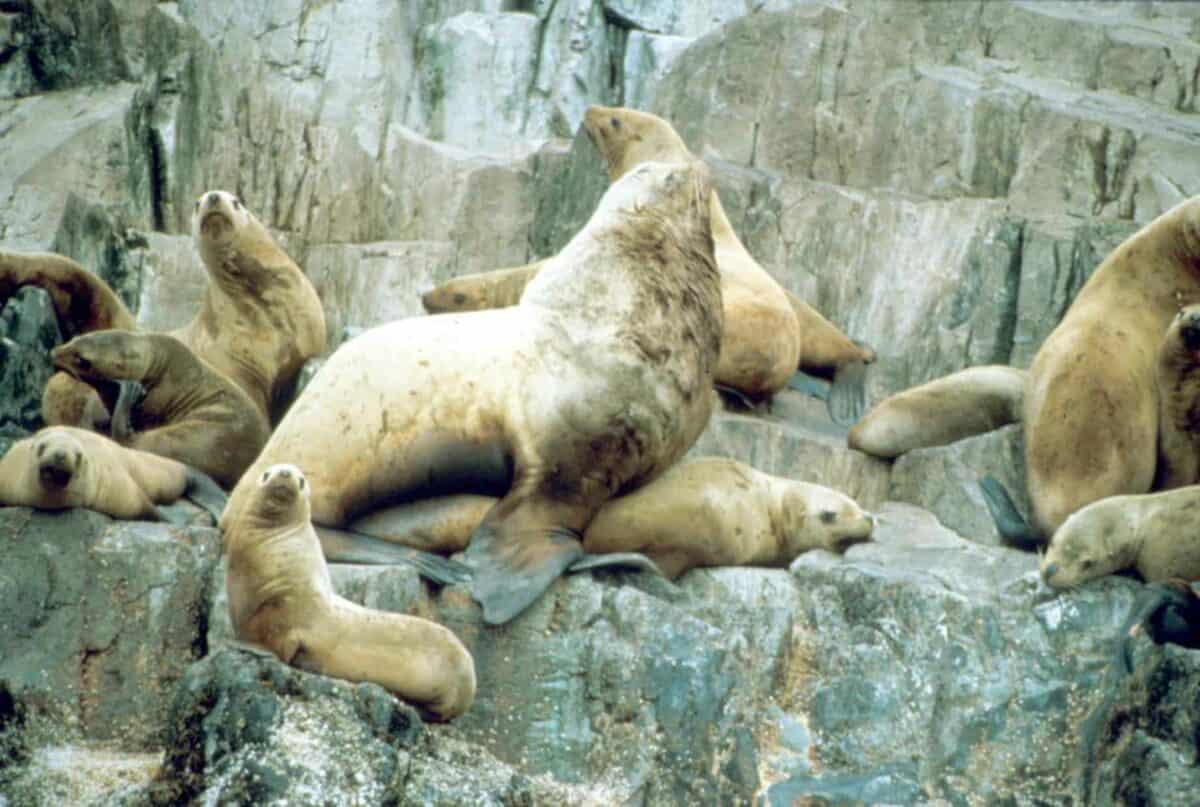
The western population of Steller Sea Lions is considered endangered. They can be found along the northern Pacific Ocean from Alaska.
12. Jaguar (Panthera onca)
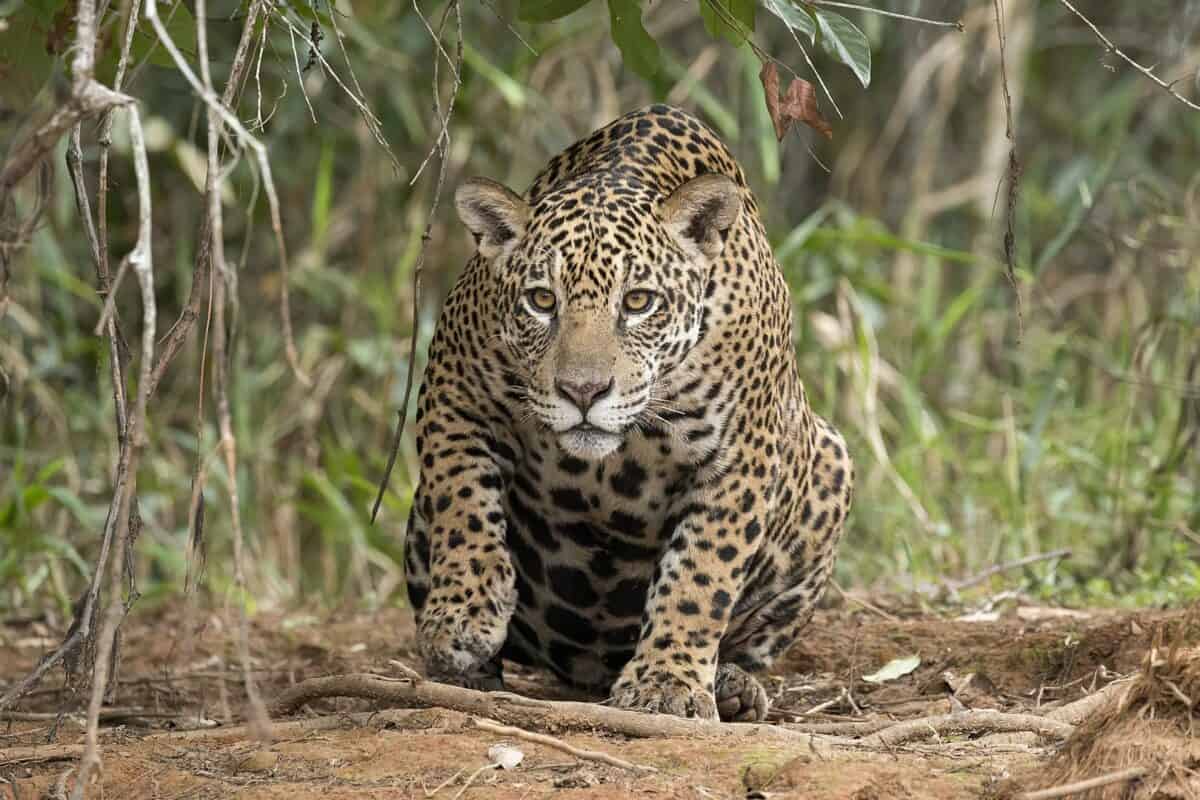
Jaguars are near-threatened globally but are considered locally endangered in the U.S.. There have been occasional sightings in Arizona and New Mexico. These beautiful cats are the third biggest in the world.
13. Puerto Rican Parrot (Amazona vittata)
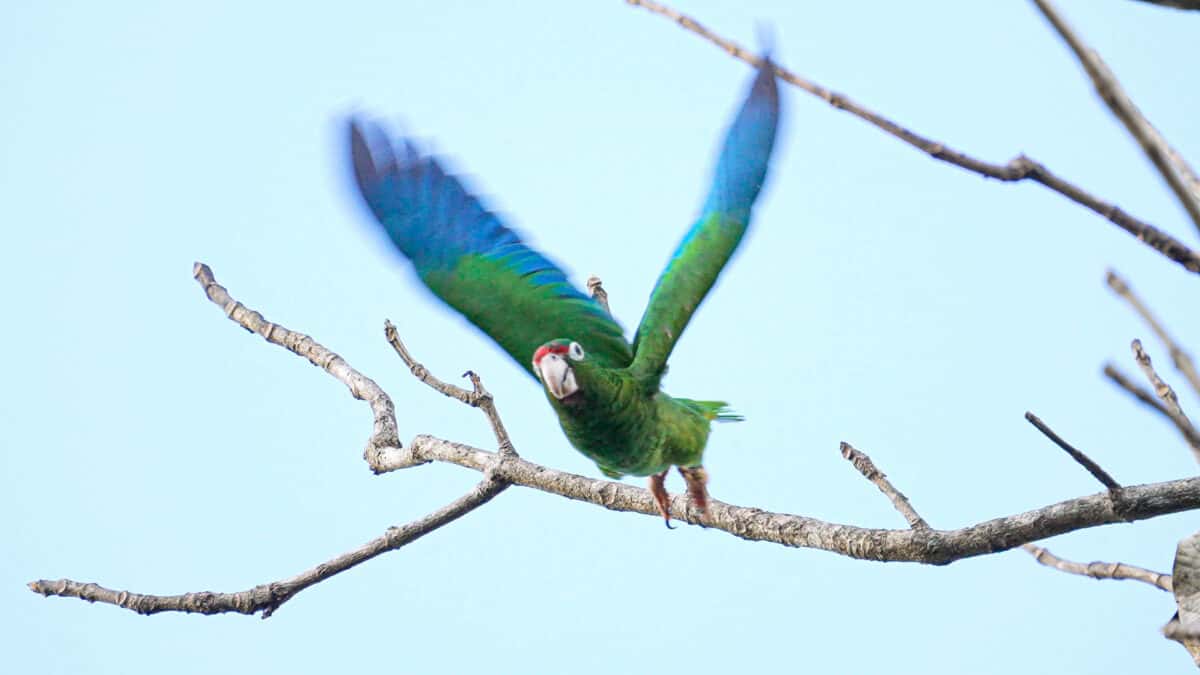
The Puerto Rican Parrot is found in the El Yunque National Forest and the Rio Abajo State Forest in Puerto Rico. They are, unfortunately, one of the ten most endangered birds in the world. Conservation efforts are crucial to save this bird.
14. Black-footed Ferret (Mustela nigripes)
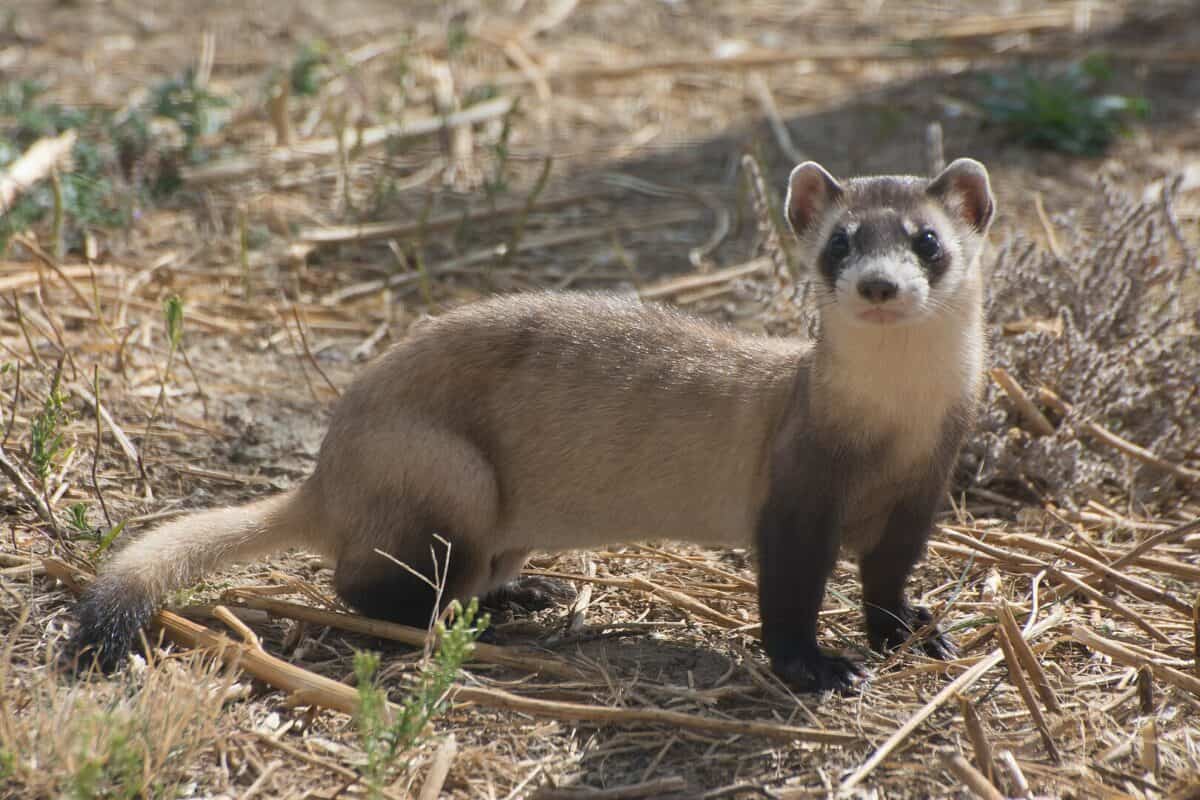
The Black-footed Ferret was thought to be extinct however, they are rather critically endangered. Conservation efforts and reintroduction programs in several U.S. states have helped maintain their populations. They live in prairie dog burrows.
15. Gray Wolf (Canis lupus)
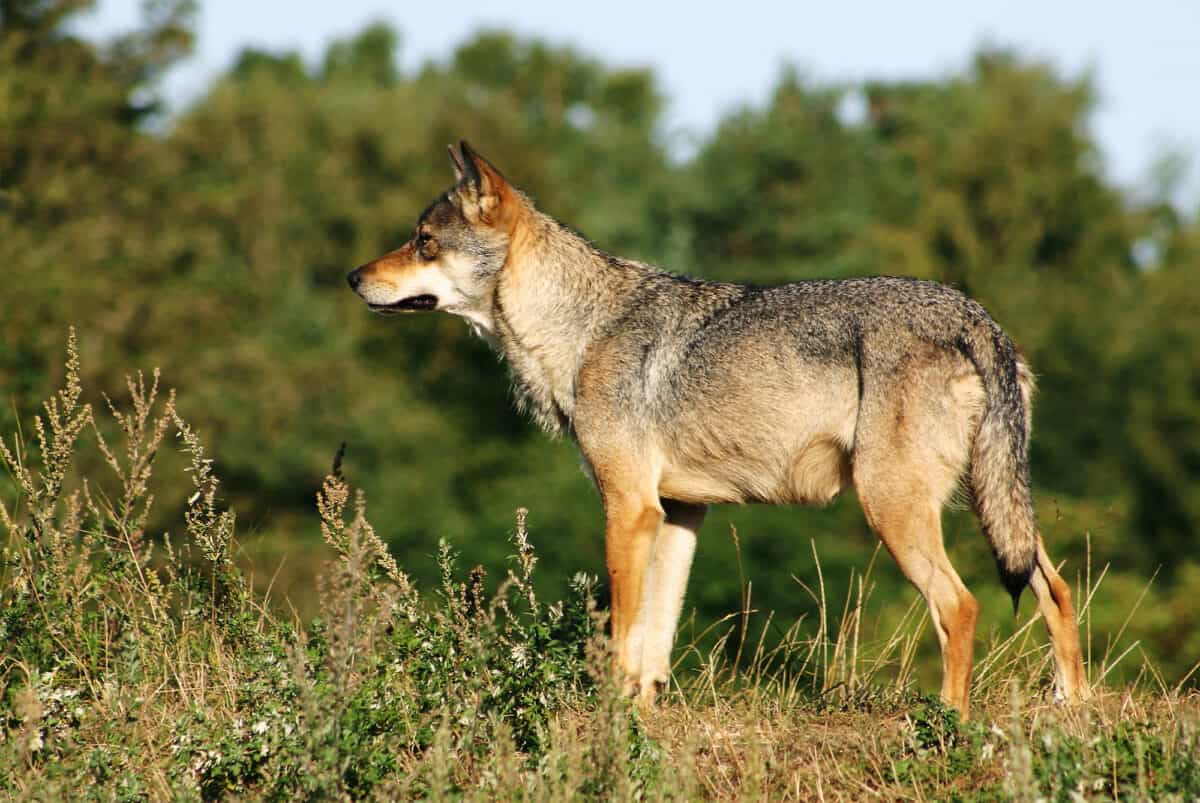
Some populations of gray wolf are endangered while others have recovered significantly. They are often spotted in Yellowstone National Park. Their role as apex predators is prevalent in the park.
16. Grizzly Bear (Ursus arctos horribilis)
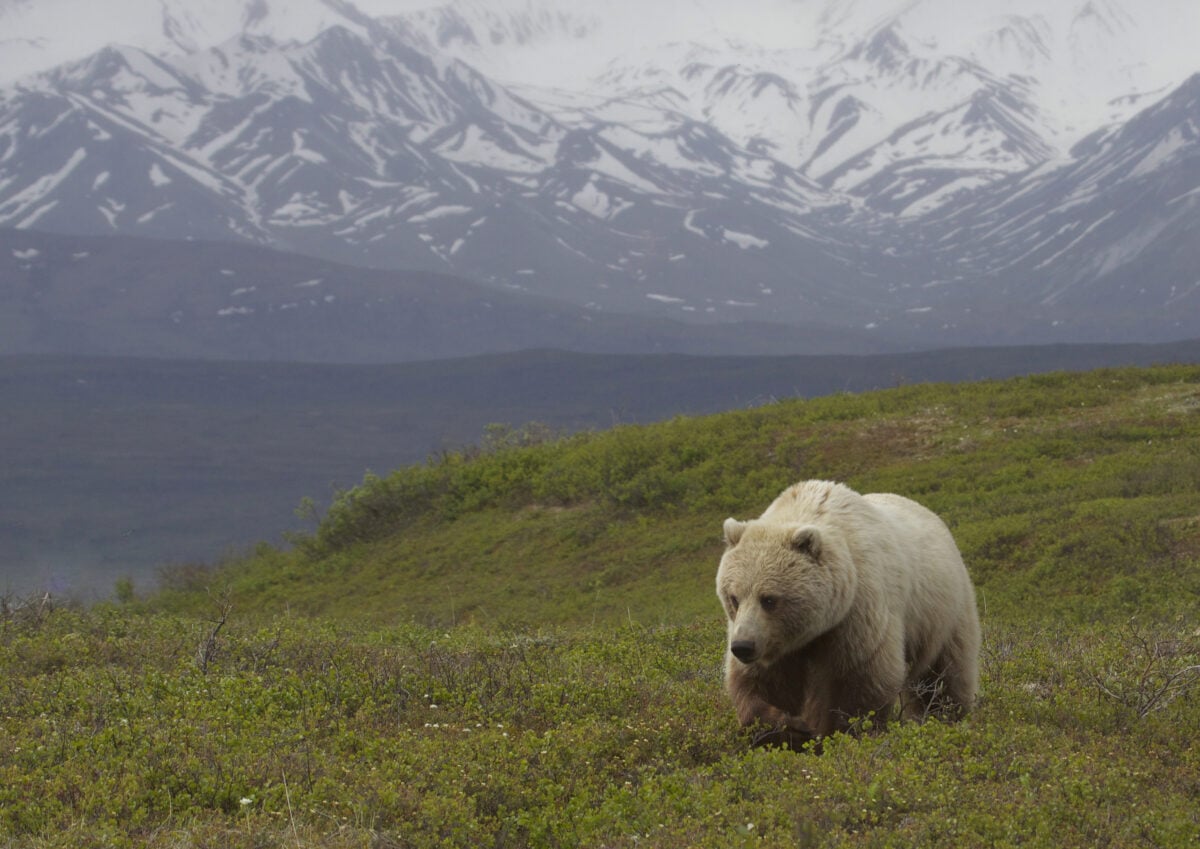
Grizzly bears are considered threatened. While some populations do thrive in Alaska, Yellowstone, and Glacier National Park. They are surprisingly fast, reaching speeds of up to 30 miles per hour.
17. Hawaiian Crow (Corvus hawaiiensis)
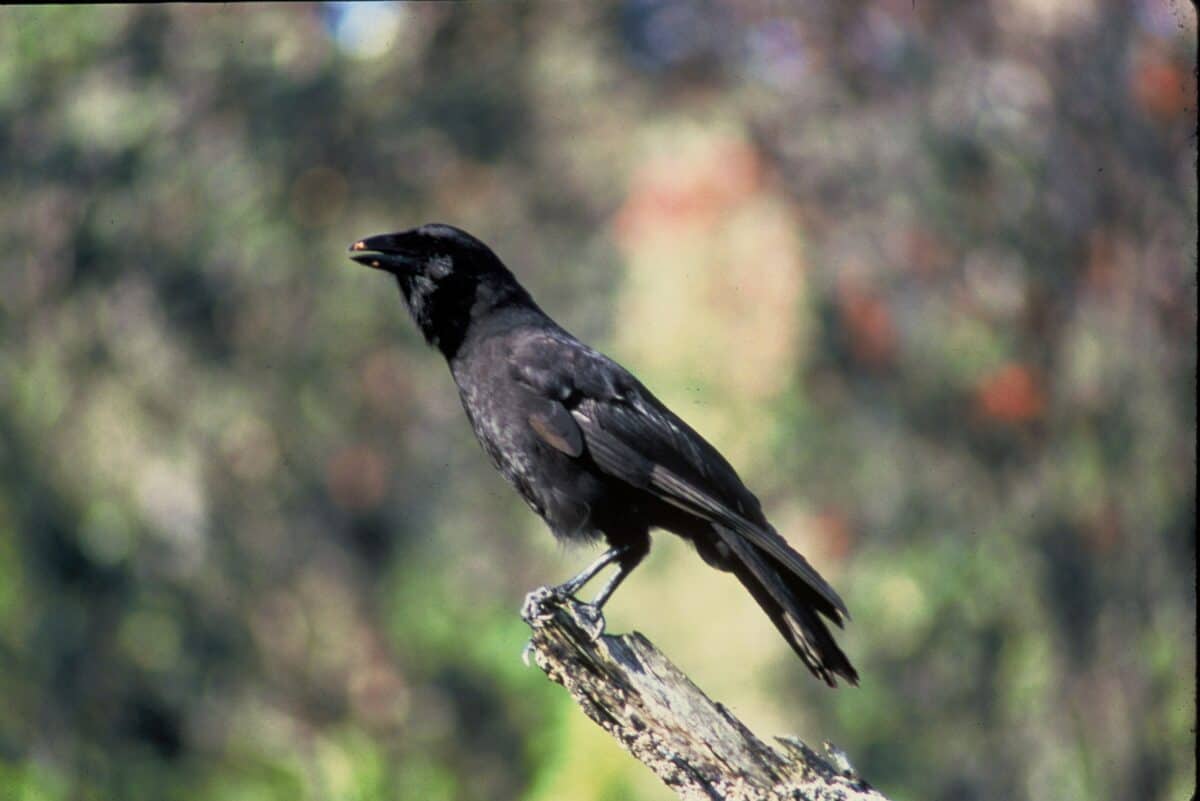
The Hawaiian Crow is unfortunately extinct in the wild and only exists in captive breeding programs. These programs hope to reintroduce them to the wild. Interestingly, they can use tools, a rare trait among birds.
18. American Crocodile (Crocodylus acutus)
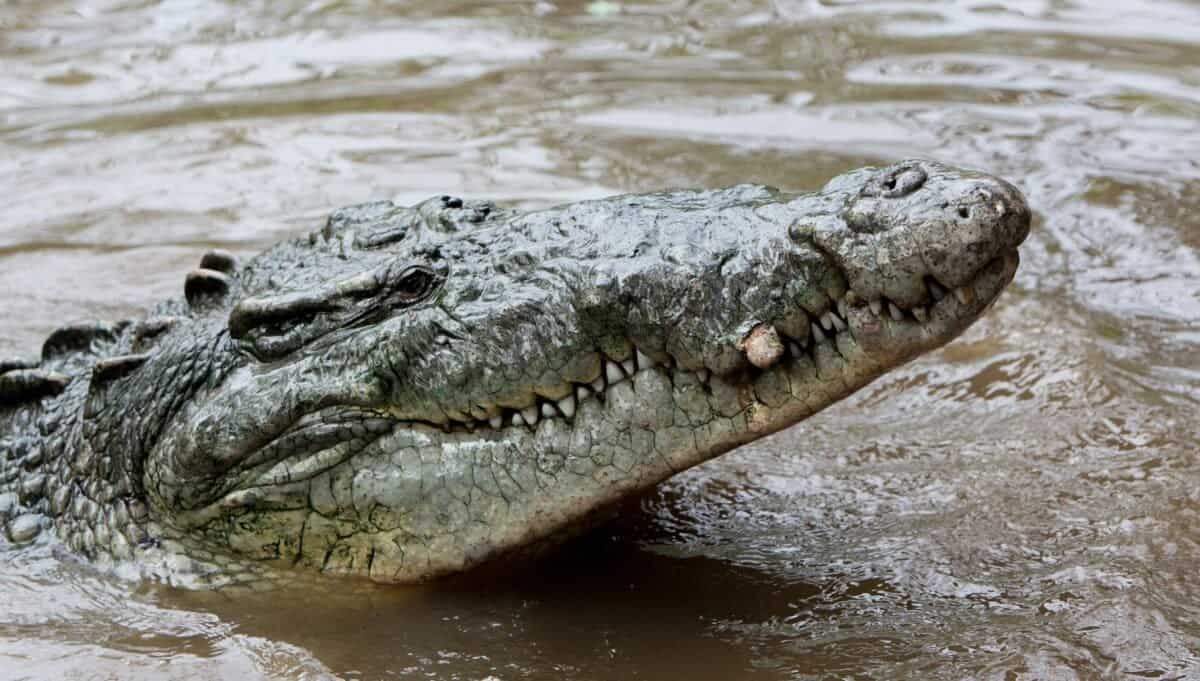
The American Crocodile is considered vulnerable. However, they can be found in the coastal areas of South Florida. They mostly live in brackish or saltwater areas, a unique trait among crocodile species.
19. El Segundo Blue Butterfly (Euphilotes battoides allyni)
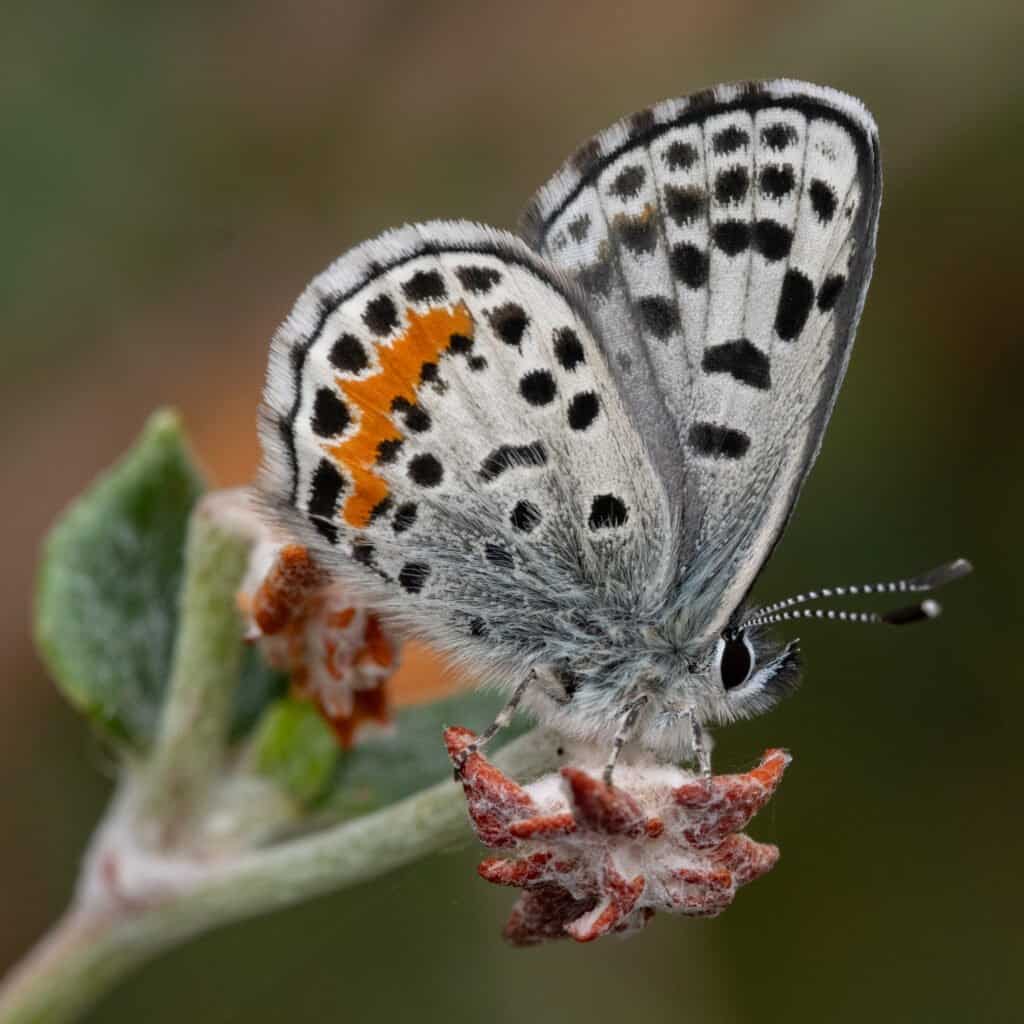
The endangered El Segundo Blue butterfly is found in a few dune habitats in California. They rely on coastal buckwheat plant for survival.
20. Green Sea Turtle (Chelonia mydas)
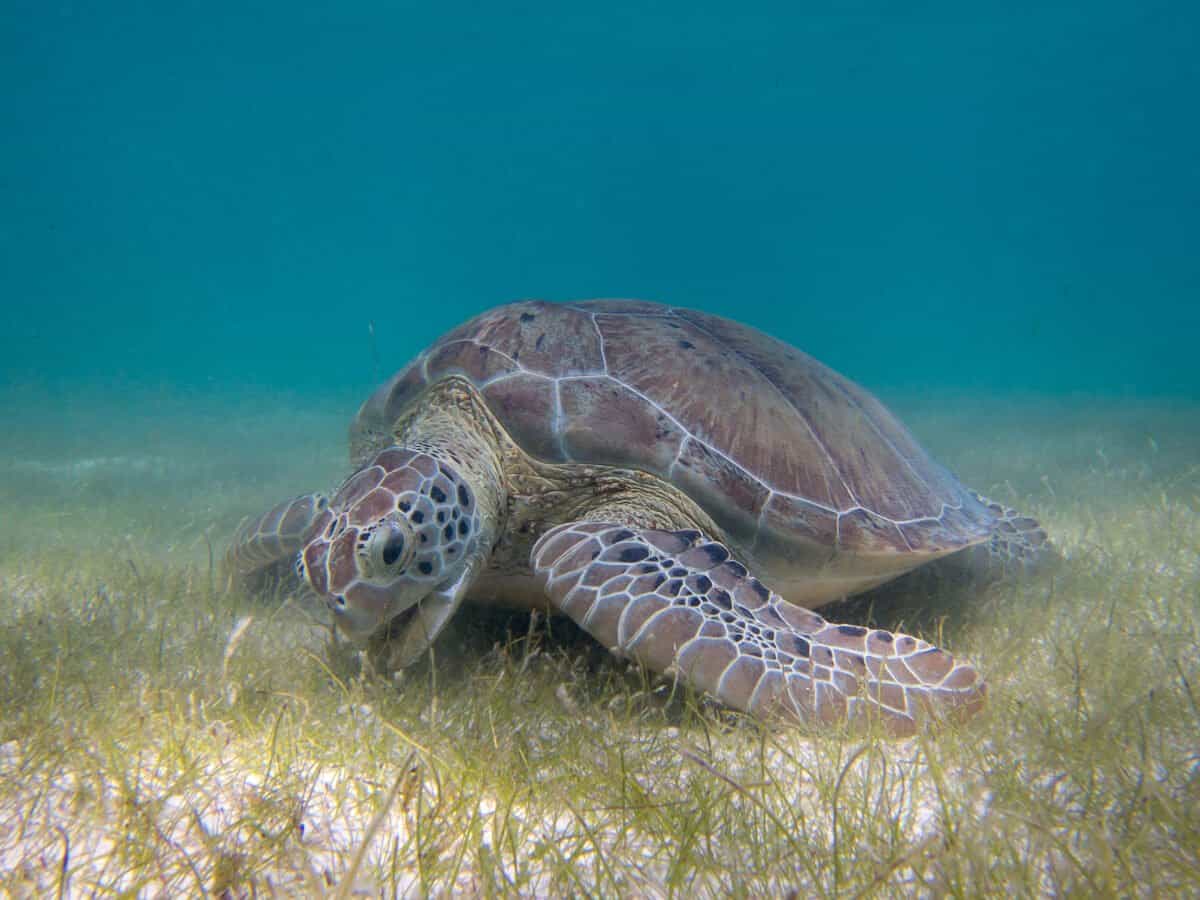
The Green Sea Turtle is listed as endangered in some areas, while there is a healthy population in others. They feed mostly on seagrass and algae.
Conclusion
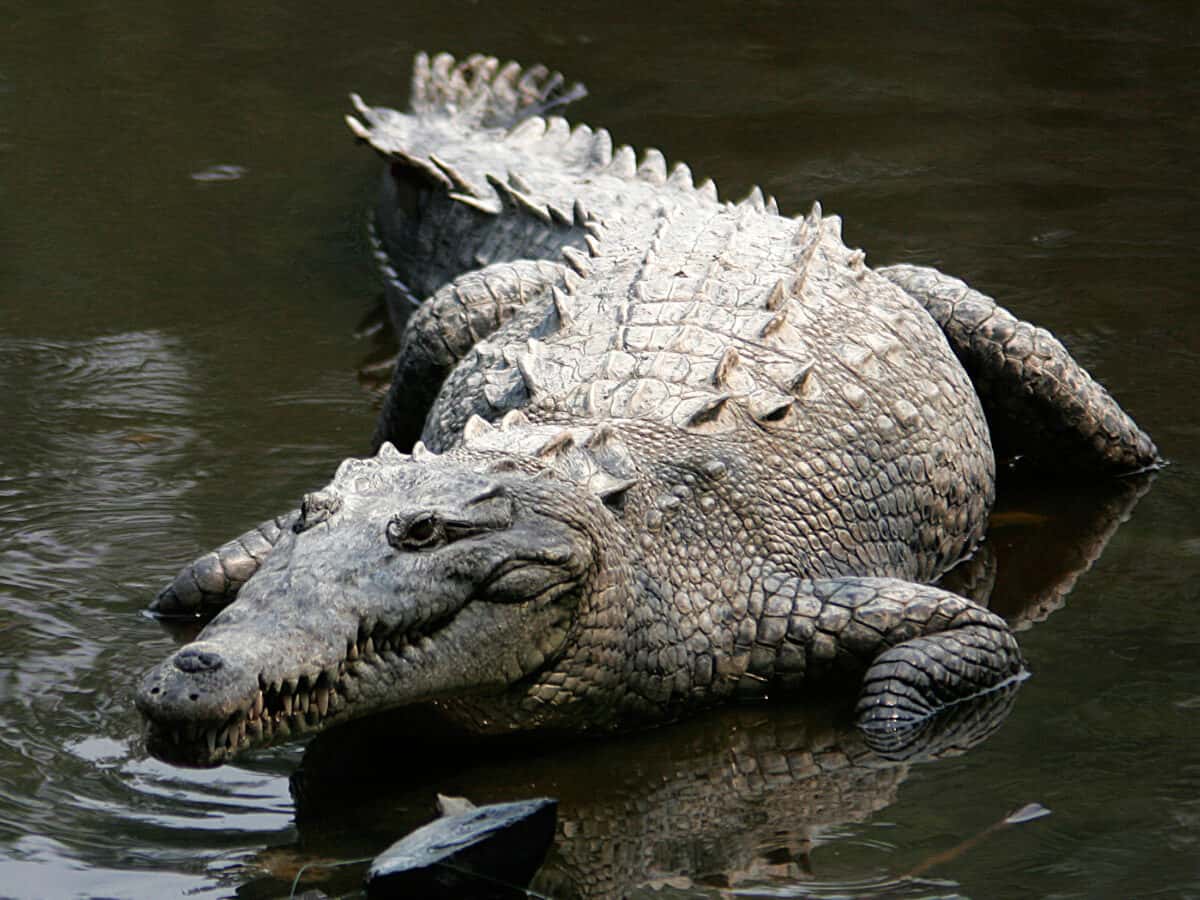
Our natural world is in urgent need of conservation. Each species listed plays a vital role in maintaining the balance of their respective ecosystems. They face daunting challenges such as habitat loss, climate change, and human-wildlife conflict; however, through continued conservation efforts, there is hope.
You might also enjoy:
Are Bald Eagles At Risk Of Becoming Endangered?
Watch: Critically Endangered Arabian Leopard in Oman
The Greater Glide: An Endangered Species
Join our Forum for free today!

- The Bond Between a Wild Baby Bison and Her Rescuer - July 20, 2024
- An Excited Husky’s First Ever Time in Snow - July 20, 2024
- Top 20 Colorful Species To Brighten Your Day - July 14, 2024
